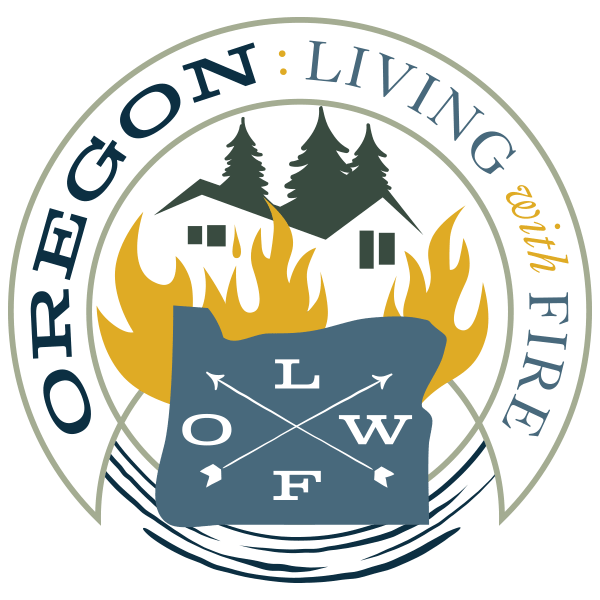About
Our success depends on collective commitment by all stakeholders at all levels to take action toward meaningful reductions in risk in the short and long term.
Oregon: Living with Fire has been designed collaboratively through an approach to ensure that the strategic direction and local actions could be translated cohesively into specific actions by agencies, organizations, governments, communities, and individuals.
Making meaningful strides in each of the three goals means a shift in the cultural norm and the way we’ve conducted business the last 20-50 years. It involves committed, collaborative efforts that consider the hard truths of our current forest, rangeland, and community conditions and the collective sharing of risk and reductions in risk across jurisdictions and publics. These are no easy tasks, but the outcomes are worth it.
Meaningful reduction in wildfire risk is a difficult proposition that requires the engagement of all stakeholders to:
Prioritize investment and use of resources.
Accept increased short-term risk.
Achieve greater collective investment.
Local actions are based on a number of guiding principles and core values. One overarching principle is that fire management programs and activities are economically viable and commensurate with values to be protected, land and resource management objectives, and social and environmental quality considerations.
The road to successful implementation is not easy, or quick. As the scale of wildfires grows, the scale of coordinated planning needs to expand accordingly. Progress towards the three goals depends on the collective commitment by all stakeholders, at all levels, to take action toward meaningful reductions in risk in the short- and long-term.
Using all available technology and best science to assess risk.
This includes a variety of methodologies and new technologies to reveal current risk to communities and landscapes.
Collectively setting priorities and the co-management of risk, including preparation for and management of short- and long-term post fire impacts and events.
The most effective approach to wildland fire management is through a shared ownership of the challenges it presents and a shared commitment to meeting those challenges. This cross-boundary, cross-jurisdictional approach is best determined before smoke is in the air.
Using all active management tools.
This includes prescribed fire and managed fire when and where it’s appropriate, based on the priorities and co-management of risk described above.
Focusing on broad outcomes.
An accounting of acres (lost and/or treated) is no longer an accurate depiction of successful outcomes in terms of landscape and community resiliency. They indicate outputs based on program accomplishment or fire impacts but they do not address broad-scale risk reduction or large-scale community protection. Focusing on large-scale outcomes, across ownerships and boundaries, will allow for safer, more effective management and response strategies.
Wildland fire does not recognize jurisdictional boundaries.
Working together, we can do more to achieve the goals — to restore and maintain resilient landscapes across all jurisdictions; prepare communities so they can live with and withstand a wildfire without loss of life and property; and safely, efficiently, and effectively respond to wildfires when they happen.
